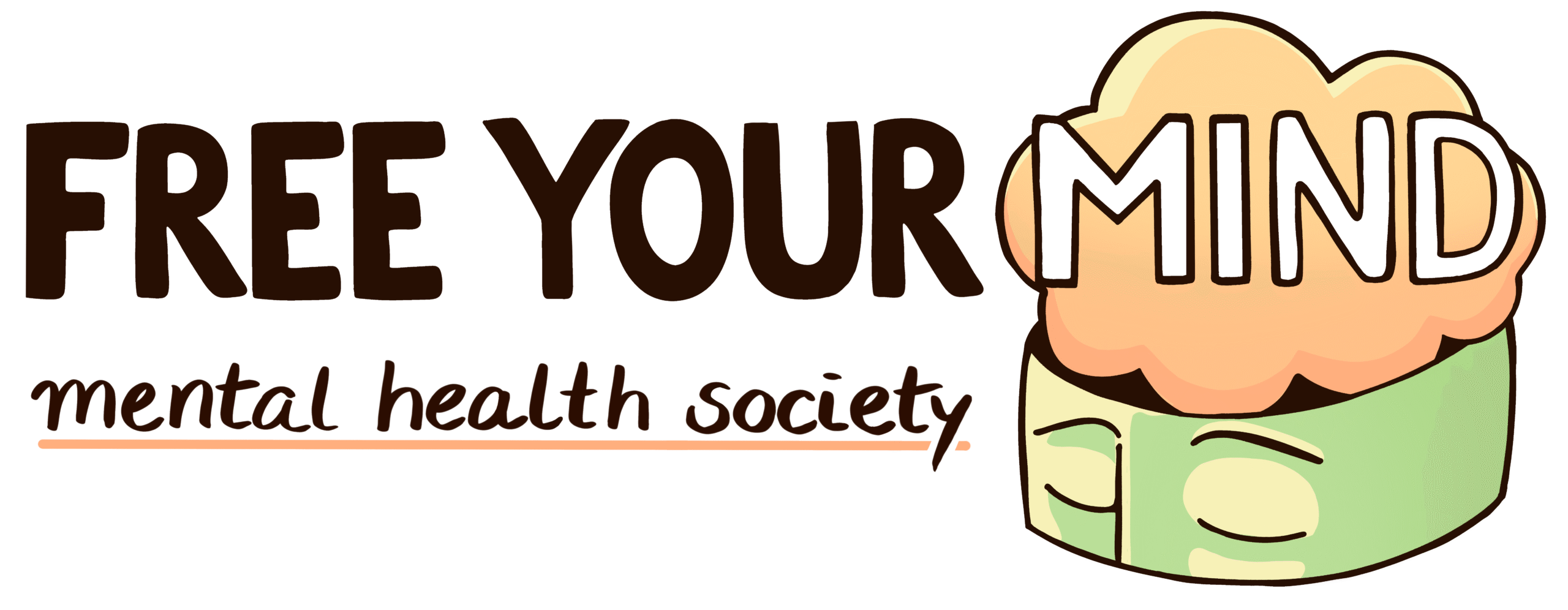Image Courtesy of Pexels.com
Every mental health professional has their own therapeutic approach which determines how they work with clients. Some may be trained or familiar with more than one framework and often mental health professionals like registered social workers, counsellors and psychologists will borrow techniques from different frameworks to better tailor sessions and support their clients. For instance, TIPP is often used in Dialectic Behavioural Therapy (DBT) by clients for quick de-escalation and distress management.
To briefly summarize, DBT is an approach made from modifying Cognitive Behavioural Therapy (CBT) which focuses on breaking dysfunctional patterns in behaviours, emotions and cognition. Dysfunctional patterns and emotional irregularities are dismantled in several ways: building a healthy relationship, validating individual experiences, and shifting maladaptive coping strategies into healthy ones. It was determined to be a promising treatment for people with a high risk for suicide because of their Borderline Personality Disorder (BPD), but it has also shown high efficacy for other disorders and diverse populations. Although DBT has many different skills to offer a client, TIPP is one of the skills used and recommended by DBT providers for self-regulating distress (McMain et al., 2020; Lineman, 2014, p. 3-5).
TIPP is an acronym which stands for temperature, intense exercise, paced breathing, and paired muscle relaxation. Each of the four works to adjust the person’s emotional and physiological arousal so they can better cope with their emotions while also not resorting to avoidance behaviours (Boritz et al, 2023).
Temperature
In the heat of the moment some may feel sudden chills, uncomfortably warm or numb and changing the temperature would be the most effective. Using a cold compress, ice cube or splashing cold water against the face are the most common ways to trigger the body’s dive reflex -a reflex that decreases arousal and heart rate. The caveats however, are that people with a medication condition should exercise caution because a slow heart rate can do more harm than good, and that the temperature should not be too cold that it induces frostbite or self-harm (McMain et al., 2020, p. 80; Lineman, 2014).
Intense Exercise
High-intensity workouts can be an outlet to distract the mind and kickstart the body’s naturally cooling agent via the parasympathetic nervous system. When a person is experiencing extreme distress, their body starts the kickstart the fight-or-flight response (the response where an individual may stay to fight/react or flee what is causing them anxiety). Doing a workout will mislead the body into believing it acted on the fight-or-flight response and the body will work to cool itself naturally. Additionally, if the distress has not activated the fight-or-flight response but is causing discomfort, an intense workout will also activate the response before the body cools itself down as long as a slightly elevated heart rate is maintained for 20 minutes (McMain et al., 2020, p. 80). Neat right?
Paced Breathing
The parasympathetic nervous system is responsible for relaxing the body, and the sympathetic nervous system is responsible for the body’s fight-or-flight response. Pacing one’s breath (also known as deep breathing exercises) will activate the former while reducing the latter and conclude with a person being better able to cope. There are many variations on how one can pace their breathing and how many times to repeat the process, for instance, they can inhale for 4 seconds, hold for 5 seconds and exhale for 6 seconds (4-5-6 paced breathing pattern) while repeating the process fives times or as many times as they need to feel better. For maximum effectiveness in triggering the parasympathetic nervous system, however, it was found that the overall process needs to be at least 5 minutes or approximately 10 repeats. Additionally, it was also found that the longer the exhale, the more the body relaxes (McMain et al., 2020, p. 80; Lineman, 2014).
Paired Muscle Relaxation
Paired muscle relaxation is when someone practices paced breathing while involving their muscles. This technique involves tensing up certain muscles when they inhale and holding the tension before letting go of the tension gradually during the exhale phase to feel some relief. For example, if someone tries the 4-5-6 paced breathing pattern, they could scrunch up their shoulders as tightly as they can when they inhale for 4 seconds, hold it for 5 seconds, and then gradually relax their shoulders in the last 6 seconds when they exhale. Common variations include one section of muscles like the fists or shoulders, or the entire body (McMain et al., 2020, p. 80-81; Lineman, 2014).
In conclusion TIPP is a useful skill to know. TIPP could be identified as a distraction for some (e.g. when doing an intense workout), or as a grounding technique for others (e.g. cold compress for temperature or doing the paired muscle relaxation with paced breathing) but there is a lot of overlap between the different strategies in the TIPP acronym. There is also something for everyone; whereas splashing cold water on the face can be effective in activating the dive reflex and getting instant relief, doing an intense workout can provide relief in the form of a distraction that lasts more than a few minutes. Paced breathing and paired muscle relaxation can also provide relief with activation of the parasympathetic nervous system, and it can be done covertly in a public space. Although each of the four has its caveats, it should be noted that the TIPP skills should be practiced regularly if it was suggested to you, not just in moments of extreme distress because it is a skill you need to learn to rely on. To simply rephrase, the TIPP strategies may not come to mind in a moment of distress if it has only been practiced once or twice. Since it is also individualized and has many variations, people need to learn what works for them and it was also suggested that people try all the TIPP skills before settling on the ones they like (McMain et al., 2020, p. 80-81; Lineman, 2014).
Reference
Boritz, T. et al. (2023). Exercise 10 Coaching clients in distress. In Deliberate practice in dialectical behavior therapy. (pp. 121–129). American Psychological Association. https://doi-org.proxy.lib.sfu.ca/10.1037/0000322-012
Linehan, M. (2014). DBT? Skills training manual. Guilford Publications.
McMain, S. et al. (2020). Dialectical Behavior Therapy Tool Kit. Good Psychiatric Management and Dialectical Behavior Therapy: A Clinician’s Guide to Integration and Stepped Care, 69.
Note: The Free Your Mind Mental Health Society is an independent youth-led organization. The contents of this blog are not intended to be a substitute for professional medical advice, diagnosis, or treatment. Always seek the advice of your physician or another qualified health provider with any questions you may have regarding a medical condition. In the event of a medical emergency, please call your doctor or 911 or other local emergency numbers immediately.

